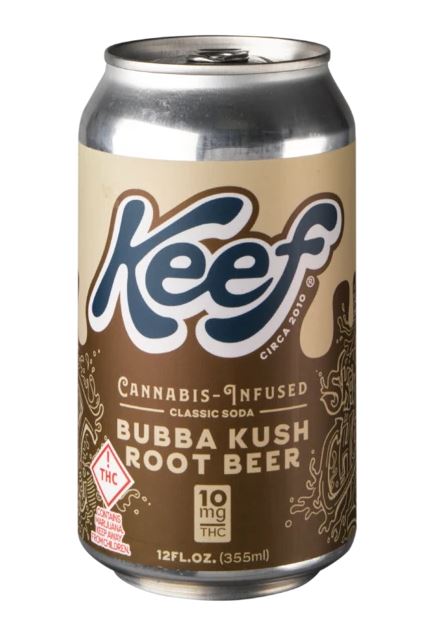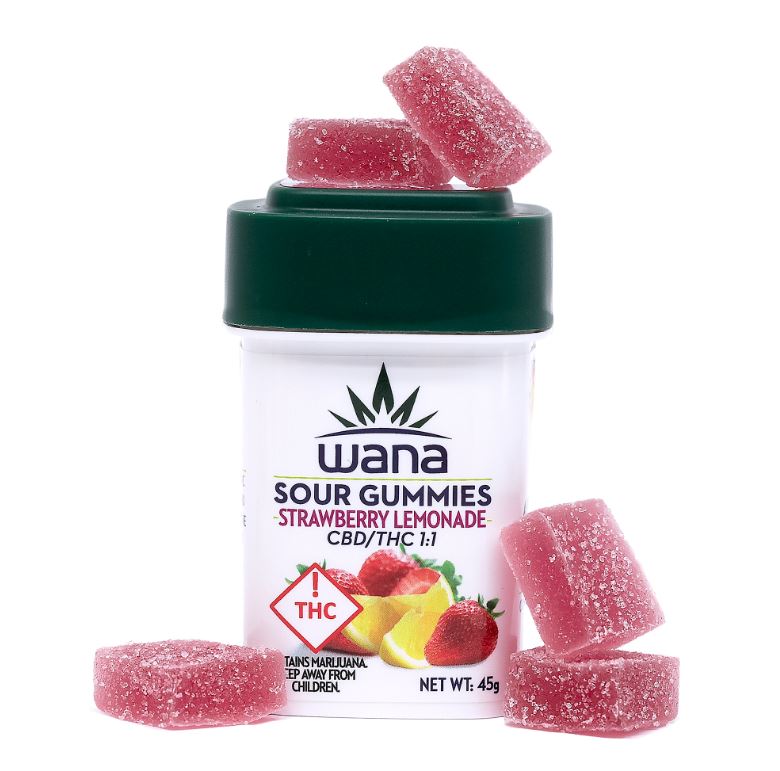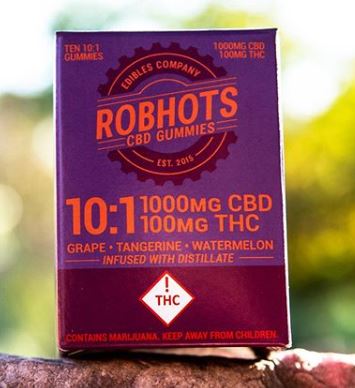How Medical Marijuana Ratios Work
By CLOVR Cannabis
May 25 2020
Medical marijuana has come a long way from the two simple strains of indica and sativa. With the expanding application of medical cannabis for a wide array of ailments, so are the different ways you can take it and the different quantities. From edibles to oils to gummies and treats to tinctures and even the dry herb itself – it can be overwhelming to a new medical marijuana patient and even to a longtime user. Throw in the marijuana ratios and numbers now featured on most packaging and it can all seem like a lot to take in, but don’t worry.
First, medical marijuana caregivers and budtenders can help you and are extremely knowledgeable and up-to-date on the latest with this wonder plant. But also, it’s fairly easy to understand and if you’re trying to find the best medicine for you and the condition you are treating, it can be a lot of fun!
The ratios on your medical cannabis product packaging mean the ratio between the two main components – or “cannabinoids” – in the product, THC and CBD. Both have very distinct effects on the body and different medicinal applications. Most people recognize THC as being the component that gets you high and CBD as the component that has more medical applications. Up until recently most products were either THC-rich or CBD-rich, with CBD-only products being available in states that had not yet passed marijuana usage laws.
However, recent studies have concluded that varying amounts of one component can enhance the effects of the other component. This is known as the “Entourage Effect” where using the full spectrum of cannabinoids from the plant in varying amounts amplifies the overall results for the patient. While there are upwards of 80-100+ cannabinoids found in marijuana, it’s the THC/CBD power coupling that gives the greatest benefits. Even small amounts of THC in CBD-rich products can enhance the effects and in very small amounts won’t get the patient high.
Both have medical applications but CBD doesn’t produce the feeling of being high like THC does. Recent discoveries have also concluded that while small amounts of THC in CBD-rich products can enhance the desired outcome without getting high, small amounts of CBD in THC-rich products can help limit the high feeling as well.
So how much of each is best for you? What are your unique marijuana ratios? There is no definite answer to that question for any one person; medical marijuana is a personalized therapy. Each person’s body, the condition being treated and the desired outcome are unique. And the ratio of cannabinoid and what product to use is unique to each patient as well. It’s not necessary but recommended that you work with your caregiver to fine-tune the amounts that are best for you, but here is a basic breakdown of the more-well known ratios …
This means for every 1 unit of THC there are zero units of CBD. THC-rich or THC-only products will most likely give you a high feeling. Take caution though: for the novice users this can create a sense of anxiety and paranoia if taken in large quantities. This ratio is likely more for the longtime or recreational users. Units with no CBD will just state THC mg. For example, “10 mg” as show below. *Packaging varies by state and is not specific to Missouri
*Packaging varies by state and is not specific to Missouri
In this ratio, for every one unit of CBD there are zero units of THC. Products with this CBD-rich ratio have been known to treat conditions like epilepsy and mood disorders where the THC euphoric high is not beneficial to the patient. Still, for other conditions having small amounts of THC has been known to increase the benefits of the CBD. Much like the products that only have THC, only CBD will most likely be listed in milligrams for products that contain only CBD.
In this combination there are equal parts CBD and THC. With this combination there would likely be a some psycho-activity – or feeling of being high – from the THC, but the presence of the two cannabinoids work synergistically with each other to treat conditions like insomnia, fibromyalgia, cancer and a variety of pain ailments.

*Packaging varies by state and is not specific to Missouri
Medical marijuana manufacturers are developing even more specific ratios like 20:1 CBD:THC where the one unit of THC to the 20 units of CBD can boost the CBD’s effect while rarely giving the high feeling. The combinations even decrease to 18:1, 10:1, 5:1 and 2:1 units of CBD to units of THC depending on the patient’s condition and tolerance for the THC-psychoactivity. Since each person has a different sensitivity, tolerance and desire for the THC high, product manufacturers are creating products that will fit each individual, well individually.

*Packaging varies by state and is not specific to Missouri
Note: most marijuana ratios mean “units of CBD to units THC”, but not always. If the packaging does not specify “CBD:THC” or “THC:CBD” along with the actual ratio, ask the dispensary. You don’t want to take a product that is THC rich when you thought it was rich in CBD.
Another option, especially for those who are self-titrating to find hone-in on their specific dosages, would be to have two separate products – one that is 0:1 and the other that is 1:0. Begin with 2-3 mg of the CBD-only product until you are comfortable with the results. Then slowly add (“microdose”) small quantities of the THC-only product until you find the combination that works for you. Since tinctures are the easiest medical marijuana product to reduce to micro quantities, this product would be good for this method of finding the best ratio for you.
Keep in mind that there are several other numbers and calculations on your medical cannabis packaging. Most quantities are measured in the metric system (except dry herb itself which is still measured in the old-fashioned way of ounces and fractions thereof) so you will often see 5 mg, 10 mg, 50 mg, etc. of the products. This is the concentration of the cannabis measured in milligrams in the product. Then, the ratios outlined in this post would be the units of CBD:THC marijuana ratios that are in that particular product.
For liquid products you may also see numbers like: 5 mg/ml. This means the concentration of cannabis per milliliter of product – or in this case, 5 mg of cannabis per 1 milliliter or “ml” . Just as a 5 mg gummy has 5 mg of cannabis contained within, a tincture that reads 5 mg/ml would have 5 mg of cannabis per milliliter. Don’t worry, most liquids have eye droppers or a measuring cup included so you can accurately measure).
As always, speak with your budtender for the best products to use, how much to start off with, and what ratios they think would be the best for you. Finding the best ratio for you takes some patience but after a few days you should be able to find your “sweet spot”.